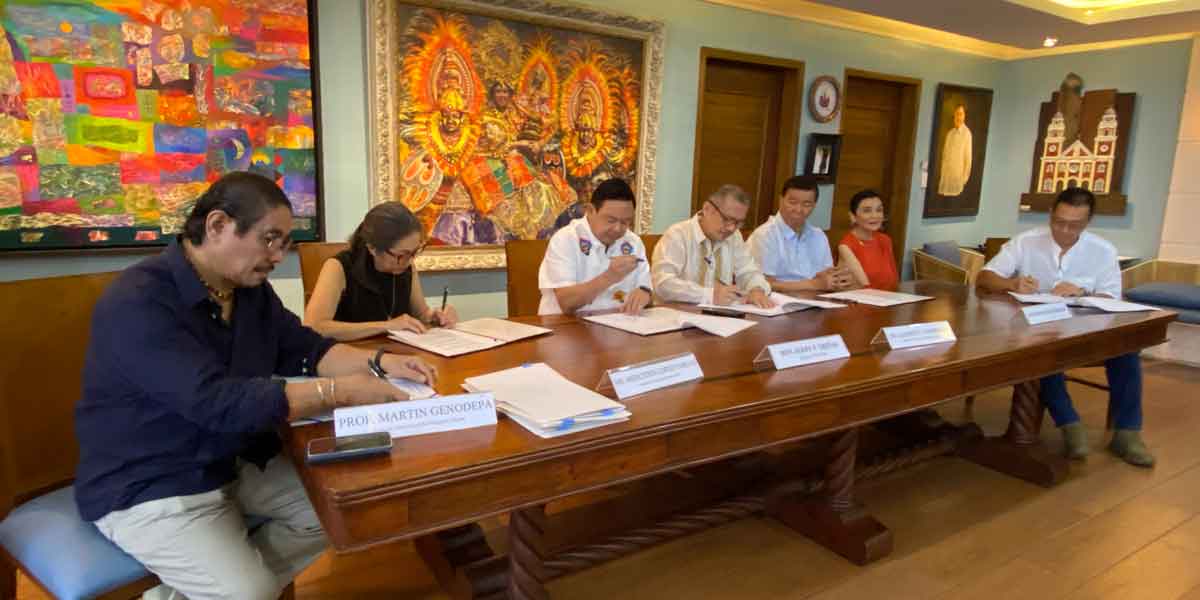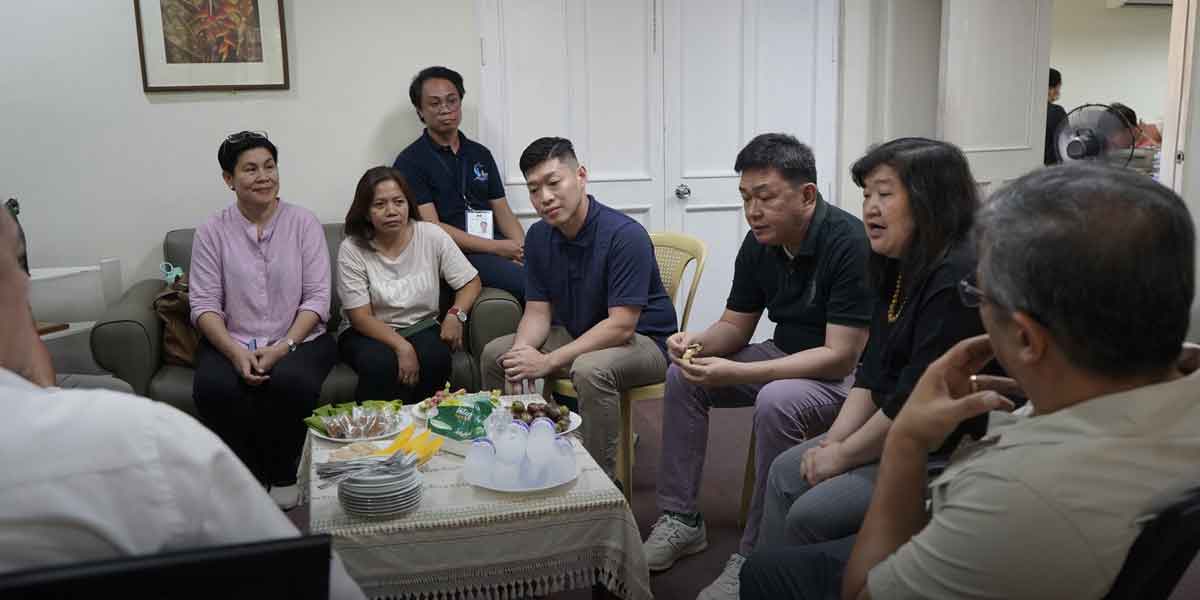 By: Modesto P. Sa-onoy
By: Modesto P. Sa-onoy
Teenage pregnancy that we define today is different in the pre-American Philippines. Our culture allowed, and in many instances, encouraged early marriage for their girls. We know of marriages as early as 15 years of age for girls to ensure childbearing for years. The need to increase family size was dominant and parents would compete who got the highest number of children.
While today we bewail large families, it was not so in the past. Today we consider a large family as a burden; in the past, it was an economic and social wealth – more hands for the farm and family for mutual support. In some countries, the large family is still considered a “gift from God”.
Things have changed as our social and cultural values imitated the western model, particularly American and influential of all, freedom that includes sexual pleasures with the least responsibilities, as caring for a child.
Let me cite the thinking in America that had seeped into our culture, thanks mainly to the speed and number of information that our locals have adopted as being “modern”.
The feminist sexual revolution began early in the last century but the “seismic shifts” occurred in the United States in 1968 when extra-marital sex was “new”. Hollywood also began the shift with more exposures of the female anatomy and bolder romantic scenes.
The “free love” movement that Elizabeth Sanger initiated in the early 1900s, took root when female fashions made a great leap with the appearance of the miniskirts modeled by the English girl, Twiggy. Even the Church, after the Second Vatican Council in 1965 loosen many of its traditions and the Philippine clergy adopted the Liberation Theology that the communists exploited to infiltrate the Church.
The Age of Liberalization spread with the speed of the new aircraft, the jet. The opposition to the Vietnam War expanded with the slogan, “Make love, not war.” Indeed, the young generation of that time embraced the “make love” kind of war into all aspects of social life. Free love was the wellspring of the Sangerian movement to remove all restrictions to sexual encounters.
That great American cultural anthropologist, Margaret Mead who was also married three times, rationalized just before she died in 1978the free love gospel and the breakdown of morals this way. She said, “Young people are moving away from feeling guilty about sleeping with somebody to feeling guilty if they are not sleeping with someone.”
That was a clever way of shifting“the onus of guilt to those young people who continued to value chastity.” She declared that the new paradigm of social responsibility is that one should be sleeping around. She continued: “The major demand of the young today is for someone to tell them they are good… They want the college to say it’s okay to use their dormitory rooms for lovemaking, and they want their parents to let them use the playroom. At every point, they are demanding a legitimization for what they are doing.”
Her voice was an influential one and she preached that even “parents, along with college administrators and dorm supervisors, had a moral obligation to facilitate promiscuous behavior among the young.”
When I was in graduate school, Mead was “must-reading” and her influence on the mind of Filipino educators was profound. Only when one reasoned out the defects of her intentions “to loosen morality among the young” can one survive the “free love” onslaught in the Philippines.
At the time, however, Filipinos were still under the spell of the “Maria Clara” family and social environment, so it took time for the Sanger and Mead influence to bear fruit. Even during those years of American sexually liberated climate of 1968, there were educators, parents, and young women here and even in the US who presented clear arguments against engaging in pre-marital sex.
Yet, few media outlets showed any interest in defending their side of the debate. The culture of sexual entitlement received an unqualified benediction from the entertainment and media establishments. A cursory view of the Philippine media will show how the American model had influenced our own and through them the youth.
The liberal Philippine media, entertainment moguls and leading socialites found it “liberalizing” to follow the American behavior on sexuality. Soon the movies and television programs shifted towards the liberal sexuality.
Continued next week.





















